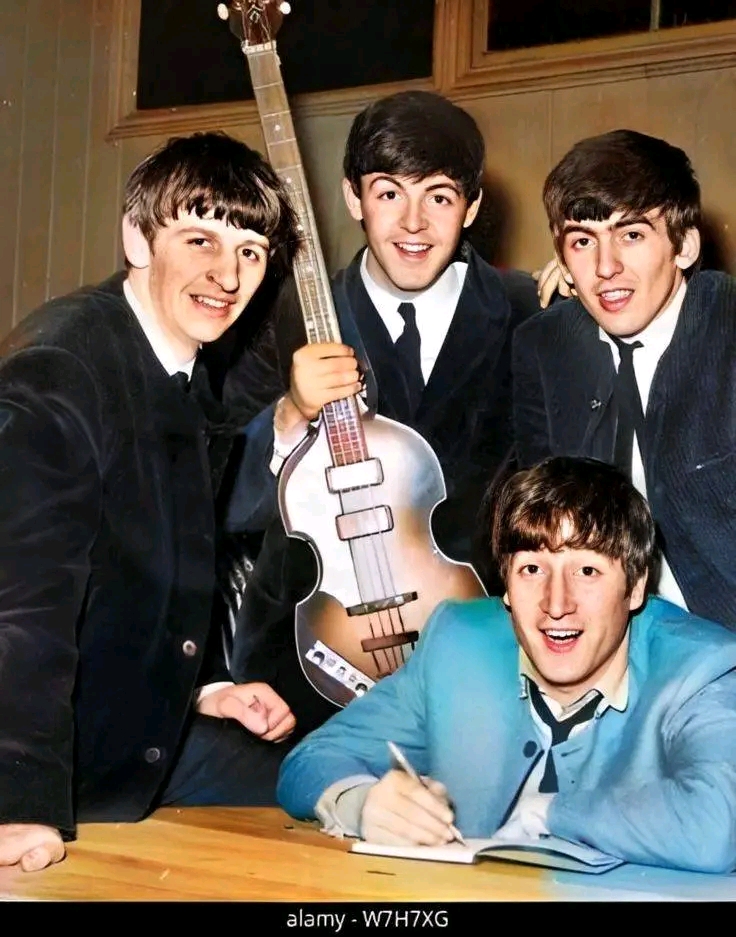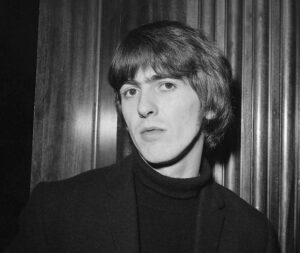From their very beginning, The Beatles were an endlessly innovative group. If you were in a rush and not afraid of being a little reductive, you could categorise the discography of The Beatles into two eras: the pop mastery of their early 1960s records like Please Please Me or A Hard Day’s Night and the mind-bending psychedelia of records like Revolver and Sgt. Pepper’s Lonely Hearts Club Band, which came in the latter part of the decade. The reason for this change in style and content has been attributed to a plethora of things, from the advent of LSD to the maturing of John Lennon and Paul McCartney as songwriters. The actual reason, however, is much more practical.
There is no doubt that The Beatles’ development in style came as a result of various factors. For instance, each of the band members began embracing much wider musical influences, particularly styles of music and spirituality arising from India. The band’s trip to India in 1968 is often hailed as a pivotal moment in the group’s tenure, providing inspiration for a variety of the band’s best-loved tracks. However, the band’s flirts with psychedelia would have fallen flat without developments in technology and production techniques, namely the groundbreaking invention of the Mellotron.
The Mellotron was, in essence, an early example of a sampler. Using a keyboard to control the playback of tapes, the instrument burst onto the scene in 1963 and went on to become an essential aspect of many future genres, including progressive rock, synthpop and alternative rock. Before all of that, though, The Beatles were among the first to embrace this new technology, using the instrument to bring their psychedelic fantasies to life.
Paul McCartney has often spoken about the revolutionary power of the Mellotron sampler, explaining how it helped the Fab Four to develop their sound and enter a new era of music. “When we arrived at Abbey Road […] we were kids, we couldn’t even come in the main entrance, so we were hardly ever allowed in the control room,” Macca said of the band’s early period, “One day we walk into Abbey Road number two studio, and there was this big grey thing – it looked like a chest of drawers or a sideboard or something – and it was a Mellotron”.
As McCartney explained, the instrument allowed him to mess around with a variety of tape loops to generate sounds previously unheard of. “It’s got a bank of tape loops with all sorts of real instruments,” he said, “We did the ‘Strawberry Fields’ intro with the flutes. We just thought this was exciting, this was the next move”. ‘Strawberry Fields Forever’ became a defining track for the band and an incredibly important instance of early psychedelic rock, largely as a result of the groundbreaking tape loops provided by the Mellotron.
Reportedly, it was McCartney who was most taken with these new ways of music-making. “I was living at my girlfriend’s house,” he explained, “I literally had a little attic room, sort of like the mad professor with tape loops. It was really good fun, actually”. Alongside ‘Strawberry Fields Forever’, the Mellotron also allowed the band to experiment on their beloved song ‘Tomorrow Never Knows’ from Revolver. The song is storied by disparate and sporadic tape sounds, including seagull cries and distorted vocals.
It was the Mellotron that allowed the band to construct such a strange-sounding track, pushing them forward into a new musical era. “We’ve got all the loops playing in the studio, lots of them. They’re constantly playing, so you can just bring them in,” McCartney shared, adding that he would record a lot of the tape loops in his attic room, before admitting, “The seagulls…I think that’s just me”.



